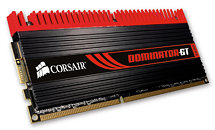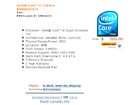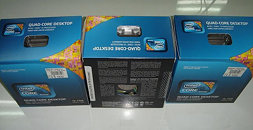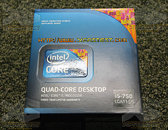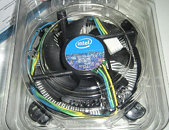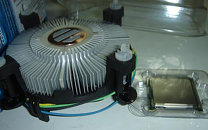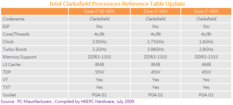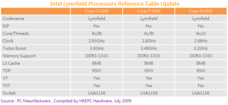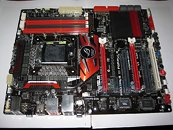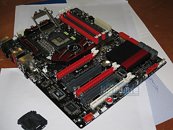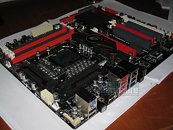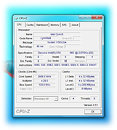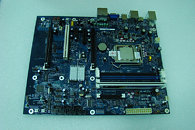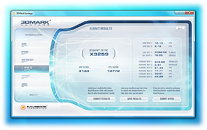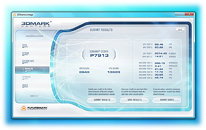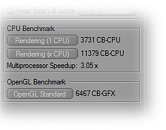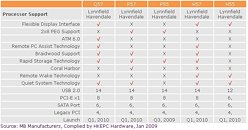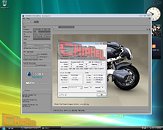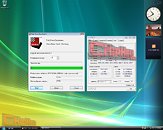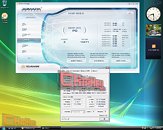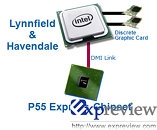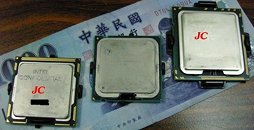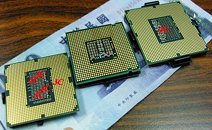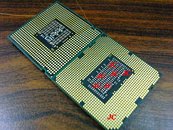
Corsair Launches Full Range of DDR3 Memory for Core i5 and Core i7 Lynnfield CPUs
Corsair, a worldwide leader in high-performance computer memory, power supplies and flash memory products, including solid-state drives, today announced that is has launched a full range of dual-channel performance DDR3 memory products, designed for Intel Core i5-750, Core i7-870, and Core i7-860 "Lynnfield" processors.
The initial product offering consists of four 4GB kits comprised of matched pairs of 2GB DIMMs, and two 8GB kits comprised of four matched 2GB DIMMS, in frequencies of 1333MHz, 1600MHz and 2000MHz. This lineup includes a 4GB 1600MHz CAS 8 Dominator and 4GB 2000MHz CAS 8 Dominator GT, both of which feature Corsair's innovative DHX+ (Dual-path Heat eXchange) memory cooling technology for maximum performance and reliability. All the kits use a low operating voltage of 1.65V or less.
The initial product offering consists of four 4GB kits comprised of matched pairs of 2GB DIMMs, and two 8GB kits comprised of four matched 2GB DIMMS, in frequencies of 1333MHz, 1600MHz and 2000MHz. This lineup includes a 4GB 1600MHz CAS 8 Dominator and 4GB 2000MHz CAS 8 Dominator GT, both of which feature Corsair's innovative DHX+ (Dual-path Heat eXchange) memory cooling technology for maximum performance and reliability. All the kits use a low operating voltage of 1.65V or less.


